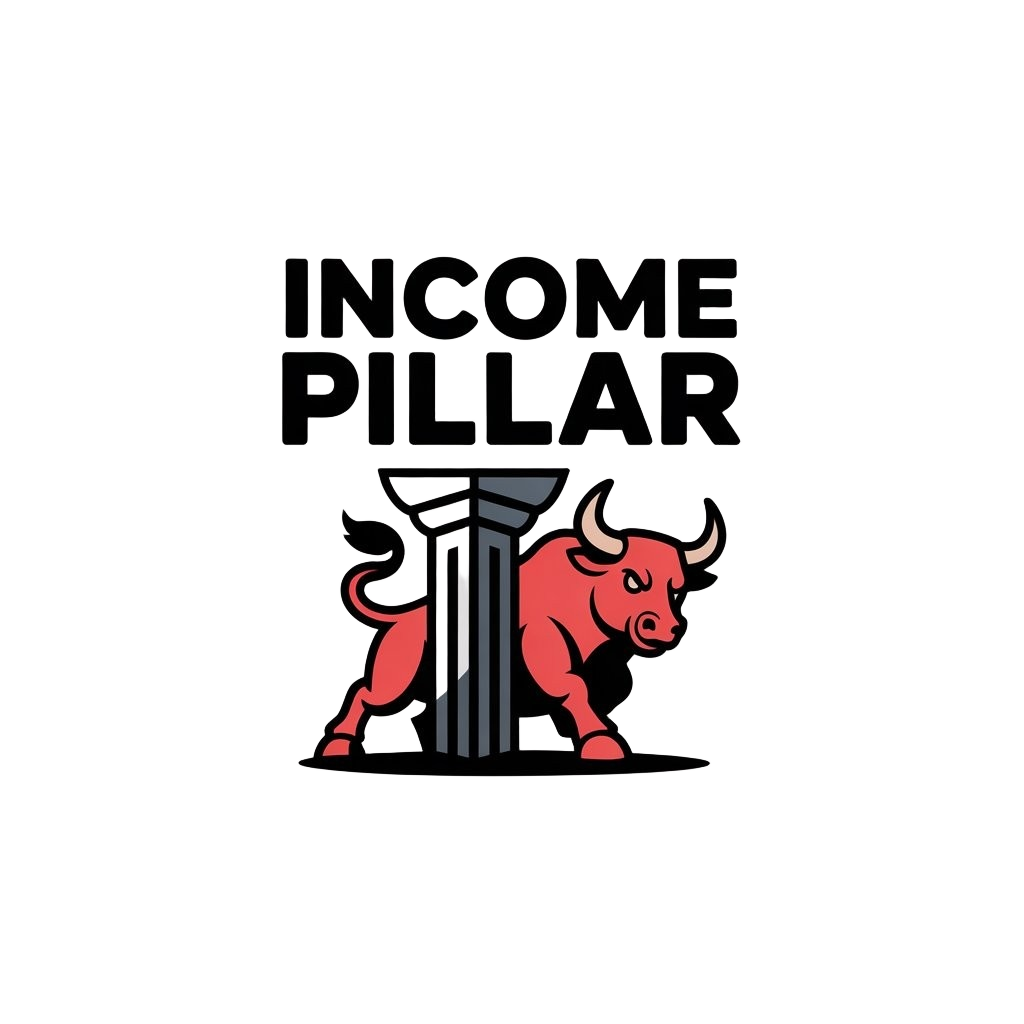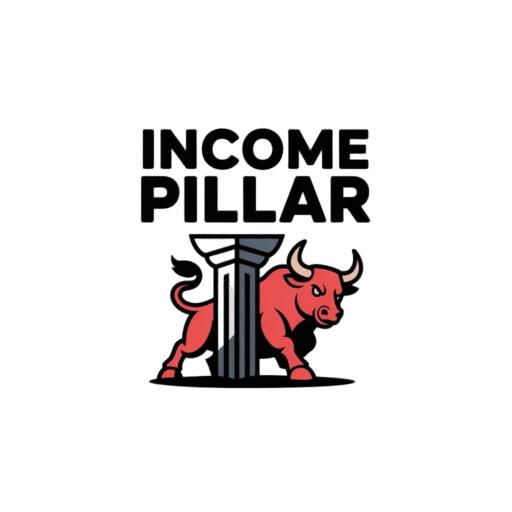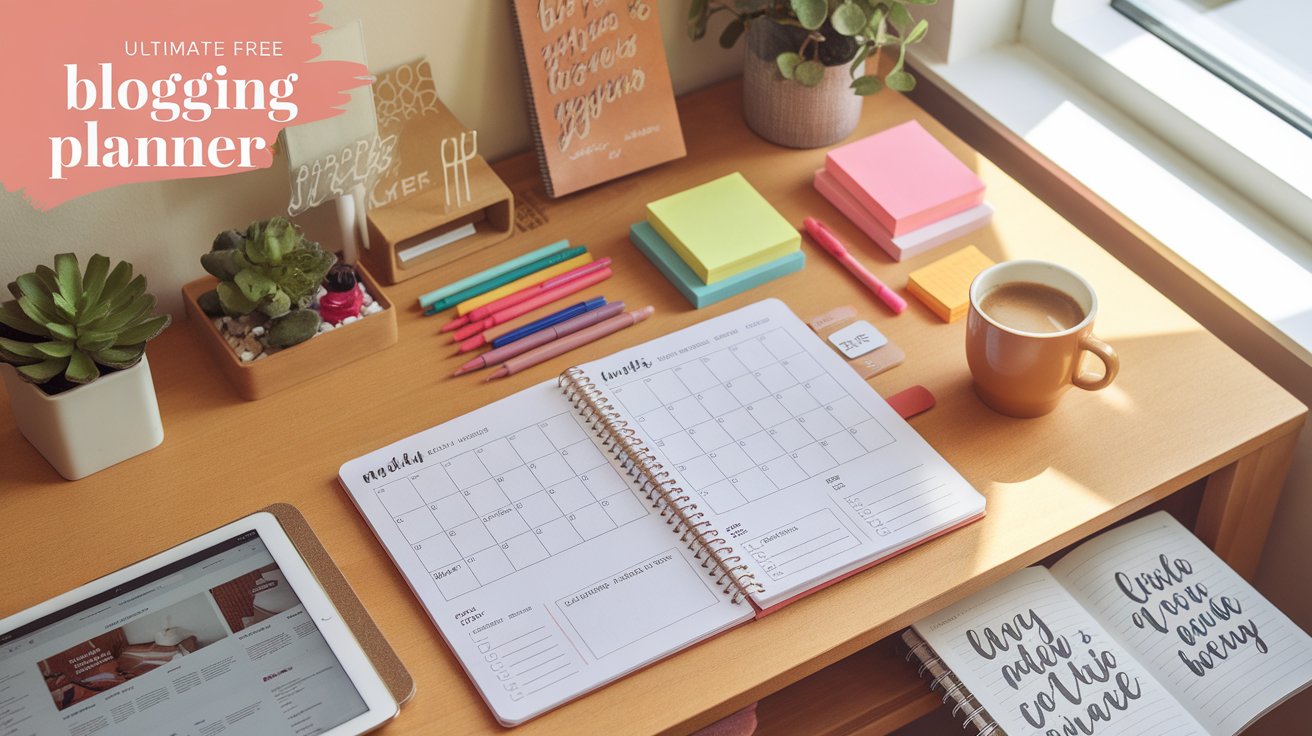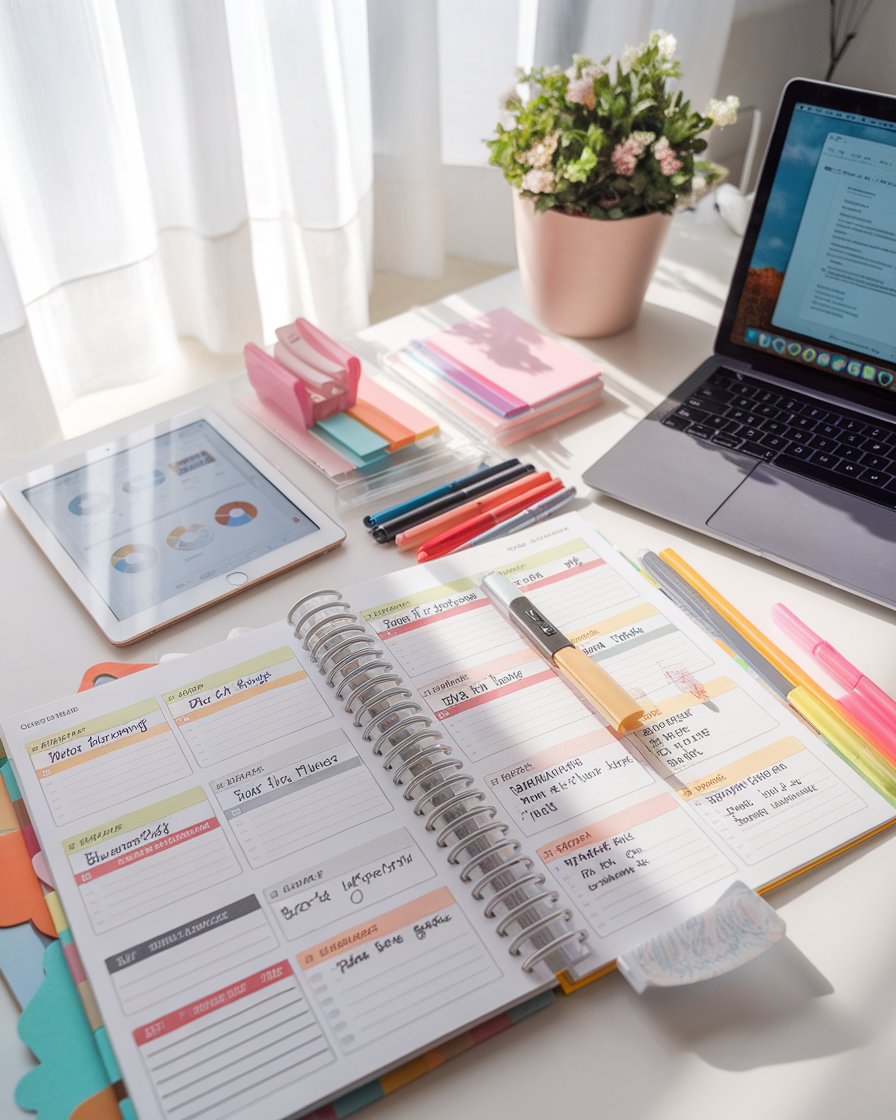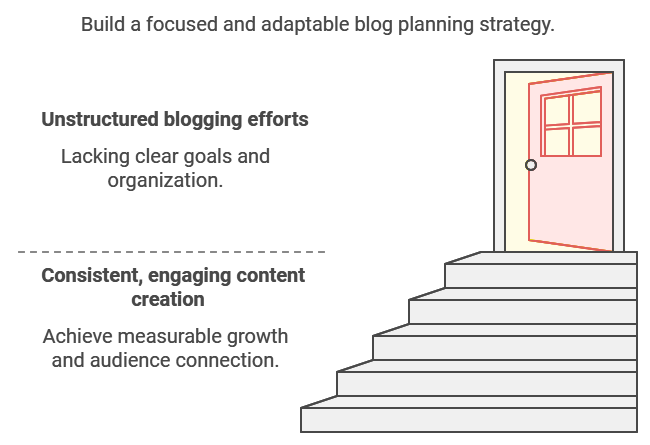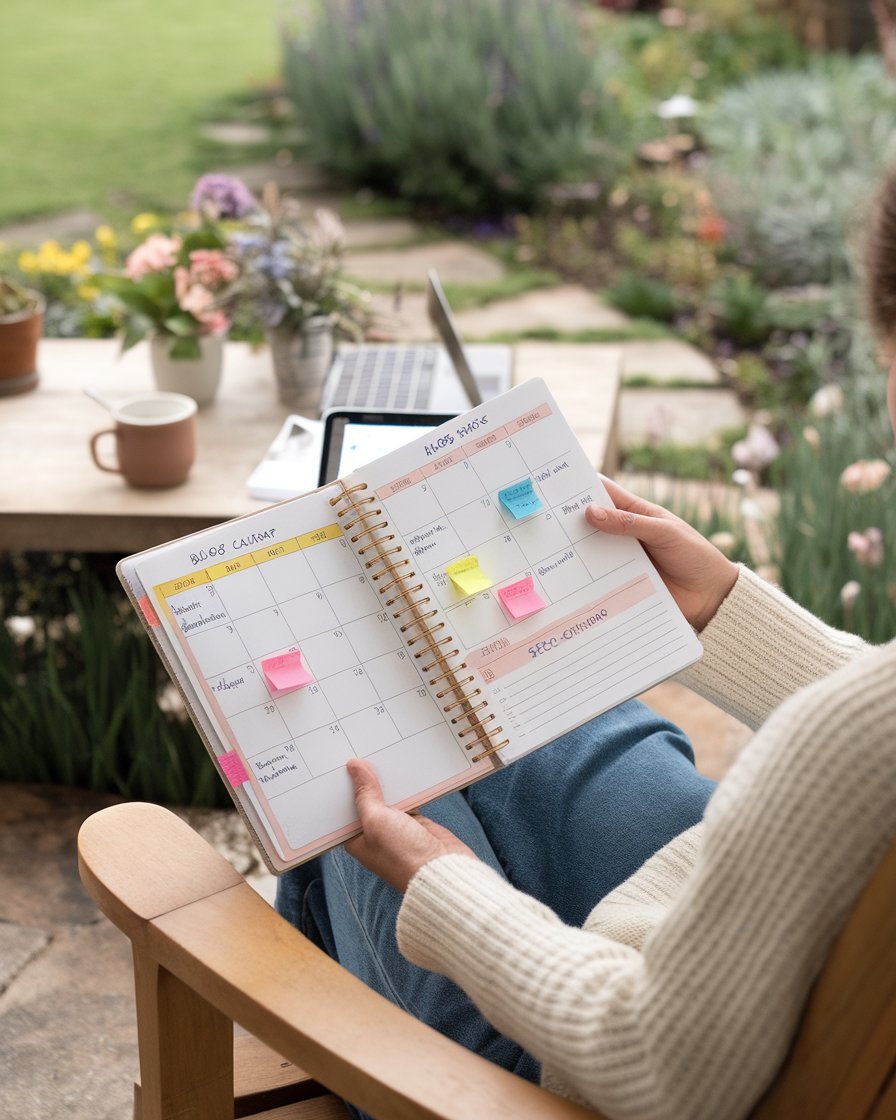Introduction
Starting a blog can be exciting, but staying organized and productive can be challenging. A well-structured blog planner offers the foundation bloggers need to organize their content, track progress, and plan effectively. From scheduling posts to tracking audience engagement, a blog planner brings all essential elements together in one place, ensuring that no detail slips through the cracks. By using tools like editorial calendars and goal trackers, bloggers can create a structured roadmap that keeps their content aligned with audience interests and personal objectives, leading to a successful and rewarding blog.
Customizing a blog planner to fit unique blogging needs can help with everything from idea tracking to boosting SEO. Whether you’re planning a blog post calendar, tracking analytics, or setting goals, a blog planner is a versatile tool that evolves with your blog’s growth. For those aiming to grow their blog and reach new readers, these planners offer an easy-to-follow approach to content management, making it simpler to stay consistent, productive, and focused on blogging goals.
Key Takeaways
- A blog planner provides a structured approach to organizing content and managing blogging tasks.
- Customizing your planner to suit specific blogging goals helps maintain focus and productivity.
- Consistency in content creation can be achieved with tools like editorial calendars and checklists.
- Tracking metrics through analytics enables data-driven adjustments to improve audience engagement.
- Setting realistic goals within your planner helps maintain motivation and measure progress.
- Regularly revisiting and adapting your planner keeps your blogging strategy aligned with growth objectives.
Establishing Your Blogging Planner for Success
A well-designed blogging planner is essential for organizing blog content, tracking progress, and staying productive. Selecting the right blog plan template provides a roadmap, outlining everything from blog post ideas to detailed posting schedules. By incorporating tools like editorial calendars, Excel-based spreadsheets, and email marketing sections, this blog planner includes everything you need for a successful blog. Customizing it with areas for jotting down blog ideas, managing subscriber lists, or setting clear SEO goals makes it adaptable to unique workflows. These elements not only keep your content structured but also support achieving your blogging goals and fostering long-term growth.
Choosing the Right Blog Planner Template
Selecting a suitable blog planner template is the first step in organizing your blogging journey. An ideal template should include sections for brainstorming, scheduling, and tracking blog posts. Opt for a planner that aligns with your content needs, such as an “ultimate free blog planner” or a “printable blog” layout. Some bloggers prefer a “blog post planner” with detailed trackers, while others find that simpler, printable options work for quick planning. Ultimately, the right template enhances productivity, supporting blog organization and helping you create and share content without stress. With an ideal setup, bloggers can streamline tasks and stay focused on growing their blog business.
Customizing Planner Features to Fit Your Blog Goals
A personalized blog planner can be a game-changer in achieving blogging goals. Bloggers should customize their planner to track specific metrics, content themes, or engagement targets. Adding sections for affiliate income, an income tracker, or an “overview of your blog” creates a comprehensive approach to content management. With areas for an idea tracker, blog data, and a “printable blog planner,” this customization ensures the planner evolves with your blogging needs. Regularly updating and adjusting planner features helps bloggers stay on course, enhancing content strategy and overall performance to meet a target audience’s needs effectively.
Essential Steps to Build an Effective Blog Planner
1. Define Your Blogging Goals
Setting clear, actionable goals at the start helps keep your content focused and your progress measurable. Define both short-term and long-term targets, such as increasing engagement or boosting traffic, to guide your efforts.
2. Choose a Flexible Template
Look for a blog planner template that you can adapt to fit your unique needs. Some planners offer digital and printable options, while others provide sections for brainstorming, SEO tracking, and post-performance.
3. Add Sections for Idea Generation
A dedicated space for ideas ensures you’re always prepared with fresh topics. Note down themes, titles, or topics that come to mind, making it easy to draw from when creating content.
4. Schedule Content Regularly
A consistent posting schedule is essential for engaging readers. Plan your posts on a weekly or monthly basis, considering seasonal themes or trending topics that may resonate with your audience.
5. Track Key Blogging Metrics
Including sections for tracking analytics helps you monitor traffic, user engagement, and growth trends. Regularly reviewing these metrics allows you to refine your content strategy based on audience behavior.
Organizing and Streamlining Blog Content Creation
For bloggers aiming to grow their reach, organizing content efficiently is essential. A well-structured blog planner is key to keeping track of blog post ideas, schedules, and every step in the content creation process. Planning an editorial calendar, setting deadlines, and aligning topics with reader interests streamline your workflow, helping you stay consistent. Integrating tools like post planners, a blog post checklist, and a “social media planner” into your system ensures no details are missed. Adding sections for SEO goals, affiliate programs, and social media promotions brings all blogging tasks into one place, maximizing productivity and helping you create a focused, organized strategy.
Developing a Content Calendar for Consistency
A content calendar is key to maintaining a steady flow of blog posts and engaging readers consistently. This calendar helps bloggers plan topics, schedule posts, and align content with audience interests. By mapping out content in advance, bloggers avoid last-minute rushes, ensuring quality. Incorporating tools like color-coded categories or reminders makes it easier to manage deadlines and stay on track. This structured approach not only boosts productivity but also keeps readers engaged by providing a regular posting schedule. A content calendar acts as a roadmap, guiding bloggers through their publishing goals.
Creating Checklists for Content Workflow
Having a checklist for each blog post is an excellent way to streamline the content creation process. This checklist might include tasks like brainstorming, drafting, editing, adding SEO elements, and sharing on social media. By following a structured list, bloggers can manage their tasks without overlooking any details, improving post quality. Checklists ensure that every aspect, from initial ideas to final publication, is carefully completed. By integrating these lists into a blog planner, bloggers can streamline their workflow, making the entire process more efficient and organized.
Case Study: Boosting Productivity with a Customized Content Planner
To improve productivity and streamline her blog’s content creation process, lifestyle blogger Emily integrated a customized blog planner into her routine. She began by defining her goals, aiming for consistency and better engagement. Emily chose a planner template that allowed her to map out monthly content, track topic ideas, and set deadlines. She also created specific sections for her social media and SEO strategies, making it easier to align her blog posts with broader marketing goals.
Over three months, Emily’s blog traffic increased by 25%, largely due to her ability to schedule posts consistently and focus on topics that resonated with her audience. This structured approach saved her time, allowed for strategic content planning, and helped her build a stronger connection with her readers. Emily’s success highlights the benefits of a tailored content planner for bloggers aiming to grow their reach and impact.
Monitoring and Analyzing Blog Performance
To understand and grow your audience, it’s essential to monitor key blogging metrics. A blog planner with sections for analytics tracking enables bloggers to make data-driven decisions, like optimizing popular posts or adjusting content that resonates with readers. Tools like Google Analytics and Google Sheets provide insights on traffic sources, audience demographics, and engagement levels. A consolidated view within your blog planner allows regular metric reviews and refining content strategy as needed. Tracking metrics such as shares, comments, and affiliate links enhances your approach, helping maximize audience reach and engagement.
Tracking Key Metrics with Analytics
Analytics tools provide insights into audience behavior, enabling bloggers to adapt their content strategy. Key metrics like traffic sources, page views, and user engagement give a comprehensive view of what resonates with readers. Including a dedicated analytics section in your planner allows for easy tracking of these metrics over time, making it simple to spot trends. This approach encourages a data-driven strategy, helping bloggers improve post performance and boost audience engagement. Regularly monitoring these analytics ensures your content strategy aligns with audience needs and interests.
Evaluating Content Success and Reader Engagement
Evaluating the success of blog posts goes beyond basic traffic numbers. Bloggers can track metrics like social shares, comments, and backlinks to see which posts create the most engagement. By reflecting on these metrics, bloggers gain insights into topics that resonate with their audience, helping them refine future content. Including an evaluation section in the planner allows bloggers to track engagement rates, gain feedback, and improve content. This continuous assessment leads to a more informed approach, enhancing both content quality and audience connection.
“What gets measured gets improved.” — Peter Drucker
Setting Goals and Staying Motivated as Bloggers
Setting clear blogging goals is an effective way to stay focused and motivated. Using a blog planner, you can set realistic, achievable targets, like boosting traffic or increasing audience engagement. By documenting goals in your planner, you track progress and keep momentum, even during creative slumps. Adding motivational elements, like personal quotes or milestones, keeps you inspired when challenges arise. Revisiting goals regularly and adapting them based on results ensures that you stay aligned with your blogging objectives. This consistent approach ultimately leads to a successful and rewarding journey, helping you grow your blog while also celebrating small achievements along the way.
Setting Short-Term and Long-Term Blogging Goals
Setting clear goals can be a powerful motivator for bloggers. Goals might range from weekly post targets to long-term objectives like increasing readership or boosting engagement. By distinguishing between short-term and long-term aims, bloggers can create a structured roadmap that keeps them focused and motivated. Including goal sections in a blog planner provides a tangible way to track achievements, celebrate milestones, and stay aligned with broader blogging aspirations. This structure helps bloggers maintain momentum and direction throughout their journey.
Building a Routine to Overcome Creative Blocks
Creating a blogging routine can be an effective way to combat creative blocks. A routine helps in establishing consistency, even during times when motivation is low. Bloggers can dedicate specific days to brainstorming, writing, or editing, making the process manageable and sustainable. Incorporating motivational prompts or quotes into the blog planner can further inspire creativity. With a consistent approach and dedicated planning, bloggers stay on track, producing engaging content even during challenging phases.
Conclusion
A blog planner is more than just an organizational tool—it’s a pathway to achieving blogging success. By structuring each aspect of content creation, from idea brainstorming to audience analysis, bloggers gain control over their workflows and goals. Incorporating a planner into your blogging routine helps maintain focus, ensuring that essential tasks like SEO optimization, engagement tracking, and content scheduling are always in sight. This organized approach creates consistency, making it easier to deliver content that resonates with readers.
For bloggers looking to grow their reach and develop a more engaged audience, a blog planner serves as a reliable guide. The customization options available mean that each planner can be tailored to suit individual blogging styles and needs. By setting realistic goals, tracking progress, and adapting as the blog evolves, bloggers can enjoy a smoother journey that keeps them motivated, productive, and on the path to long-term growth.
